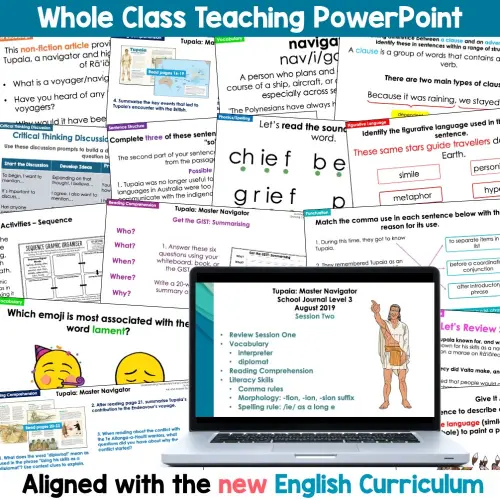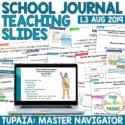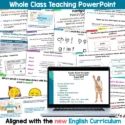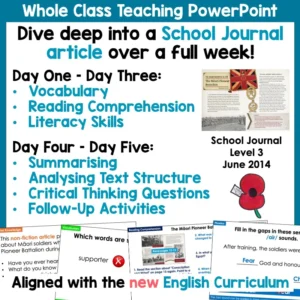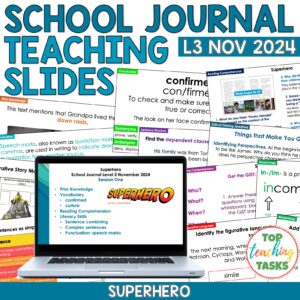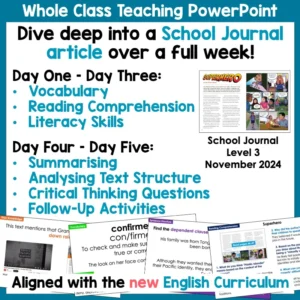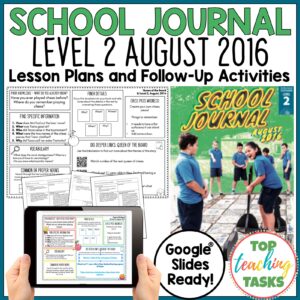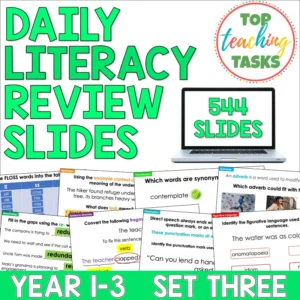Whole Class School Journal Resource Year 5 and 6 – Tupaia: Master Navigator
NZ$8.50
Description
Enhance Your Students’ Reading Comprehension with the Science of Reading Principles. This comprehensive resource, focused on the article “Tupaia: Master Navigator“ from the Level 3 August 2019 School Journal, will help you develop your students’ reading comprehension. It is a great addition to your structured literacy program and perfect for an Aotearoa History and migration study.
This teaching tool engages students in deep comprehension strategies, vocabulary building, grammar, syntax, sentence structure, verbal reasoning, and content knowledge—key elements of the Science of Reading approach.
The ‘Tupaia: Master Navigator’ article details the life of Tupaia, the skilled Polynesian navigator and high priest. Tupaia played a crucial role as an interpreter and diplomat during Captain Cook’s Endeavour voyage, bridging cultural and linguistic gaps between Europeans and Pacific Islanders, notably in Aotearoa, NZ.
How It Works:
This resource is designed for whole-class teaching. You receive a slideshow with 85 slides, additional support worksheets, and graphic organisers.
- Simply display the School Journal PDF on your projector or TV screen and distribute copies of the text between 2-3 students. With the slides in Presenter View, you’ll have everything you need for a successful lesson—just click and go!
- The resource divides the text into three manageable chunks to be read over three sessions, allowing plenty of time to dive deep into the vocabulary and content of the article.
- Along with the text, we’ve included a set of discussion prompts to get your students talking and thinking critically about what they’re reading.
On days four and five, explore the text further with:
- A GIST summarising activity
- A text structure analysis graphic organiser (Sequence)
- Critical thinking questions to encourage deeper connections and inferences.
Key Features:
- Focus on monitoring comprehension, summarising, drawing conclusions, and using evidence.
- Comprehension activities that require students to do more than recall specific information.
- Literacy activities that link to key writing skills
- clauses and adverbial phrases
- sentence expanding (because, but, so)
- comma rules
- figurative language
- morphology – suffix -tion
- A GIST summarising activity, helping students condense the text into a 20-word summary, improving both their understanding and memory.
- A sequence graphic organiser to analyse the structure of this text.
- Explicit vocabulary instruction with definitions, examples, and semantic activities such as synonyms and antonyms.
- Activities that tie directly to the New Zealand English Curriculum for Year 5 and 6 students, with a focus on comprehension, summarising, and using evidence to make inferences.
Benefits of This Resource:
- Promotes active learning and student engagement with a combination of reading, discussion, and critical thinking activities.
- Designed to build vocabulary and improve comprehension strategies, making it ideal for a wide range of learners, including low-performing readers.
- Helps students make connections between the text and their own experiences, deepening their understanding of the material.
Aligned with the New Zealand English Curriculum for Phase Two – During Year 5 and 6: This resource supports teaching students how to:
- Monitor and confirm comprehension by annotating, rereading, asking, answering questions, and visualising.
- Summarise and draw conclusions, identifying key details supporting the text’s main message.
- Make inferences using stated and implied ideas, drawing from prior knowledge.
- Analyse text structure and the language used for effect with a text
- Think critically about a text by analysing perspectives and making connections.





